Fallingwater (1935): A Masterpiece Of Nature-Integrated Architecture By Frank Lloyd Wright
- 1 Dec 2023
- By Deshal Shah
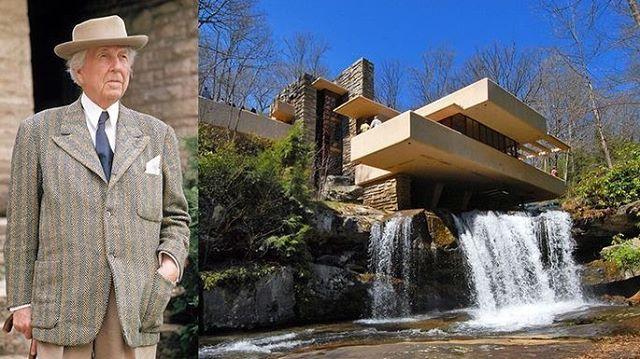
Frank Lloyd Wright (1867-1959) was a pioneering American architect whose innovative and organic approach to design left an indelible mark on the world of architecture. He is renowned for his iconic structures like Fallingwater and the Guggenheim Museum, which seamlessly blend nature and architecture. Wright's groundbreaking ideas continue to influence modern architectural thought and practice.
Frank Lloyd Wright is known for many remarkable architectural works, but here are three of his most renowned creations:
1. Fallingwater (1935)
Located in Pennsylvania, Fallingwater is an architectural masterpiece that harmoniously integrates with its natural surroundings. The house appears to float above a waterfall, showcasing Wright's innovative approach to connecting architecture and nature.
2. The Guggenheim Museum (1959)
Situated in New York City, the Solomon R. Guggenheim Museum is an iconic spiral-shaped building that redefined museum design. Its unique form and interior layout provide an extraordinary exhibition space for modern and contemporary art.
3. Taliesin West (1937)
Wright's winter home and architectural studio in Scottsdale, Arizona, is an excellent example of his design principles. Taliesin West reflects his love for the desert landscape, incorporating natural materials and organic design elements.
These three structures exemplify Wright's visionary architectural concepts and continue to be celebrated for their innovation and beauty.
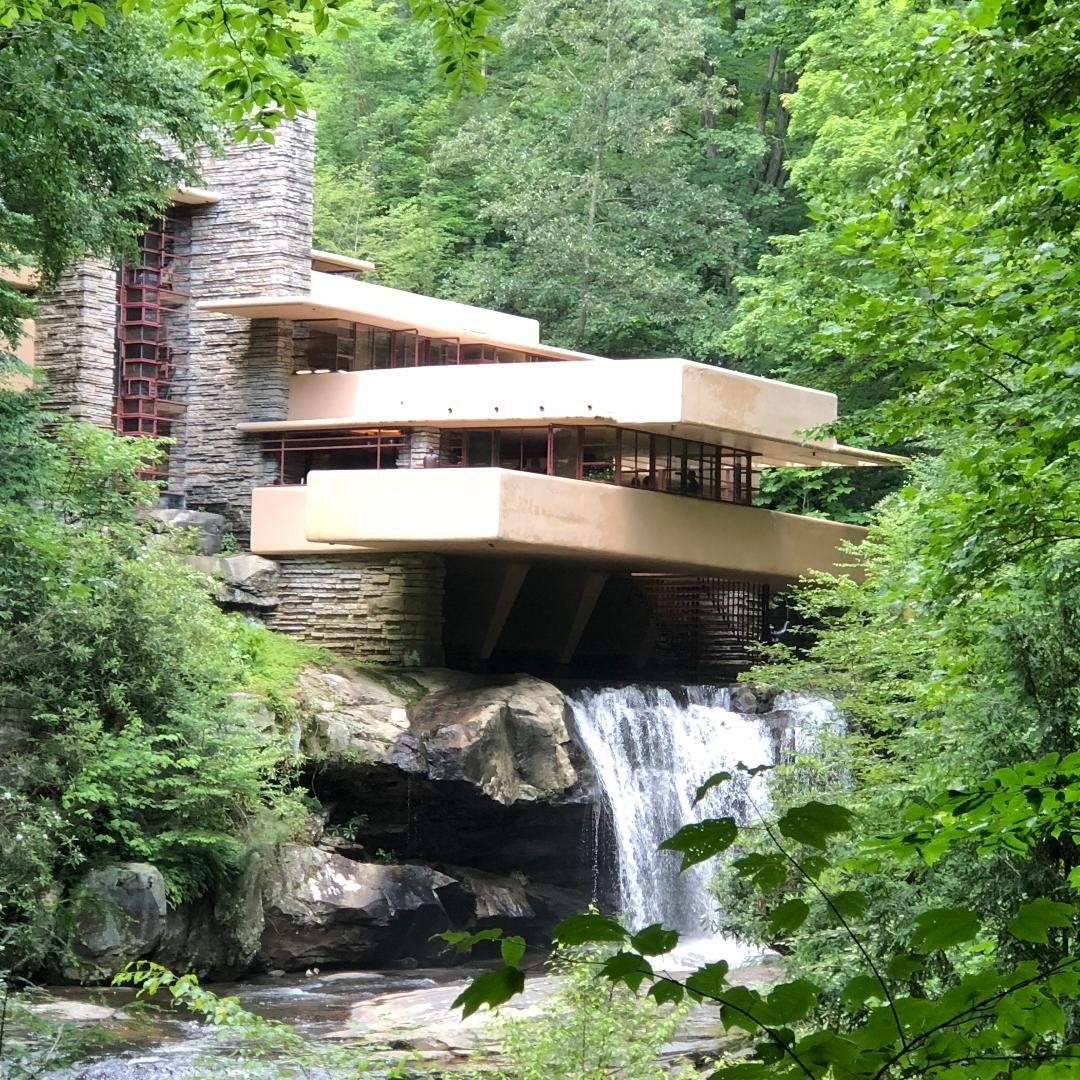
Fallingwater (1935): A Masterpiece of Nature-Integrated Architecture by Frank Lloyd Wright
Fallingwater, a crowning achievement of 20th-century architecture, stands as a testament to the genius of Frank Lloyd Wright. This iconic residence, located in the serene forests of Pennsylvania, represents a harmonious fusion of architecture and nature. Wright's design for Fallingwater is a masterpiece that seamlessly integrates the built environment with the surrounding landscape, creating a truly unique and awe-inspiring structure.
History and Background:
Fallingwater was commissioned by Edgar J. Kaufmann, a successful Pittsburgh businessman, and his family as a summer retreat. The property features a picturesque waterfall, Bear Run, and is enveloped by lush woodlands, making it an ideal setting for an architectural gem that would become an enduring symbol of modern design.
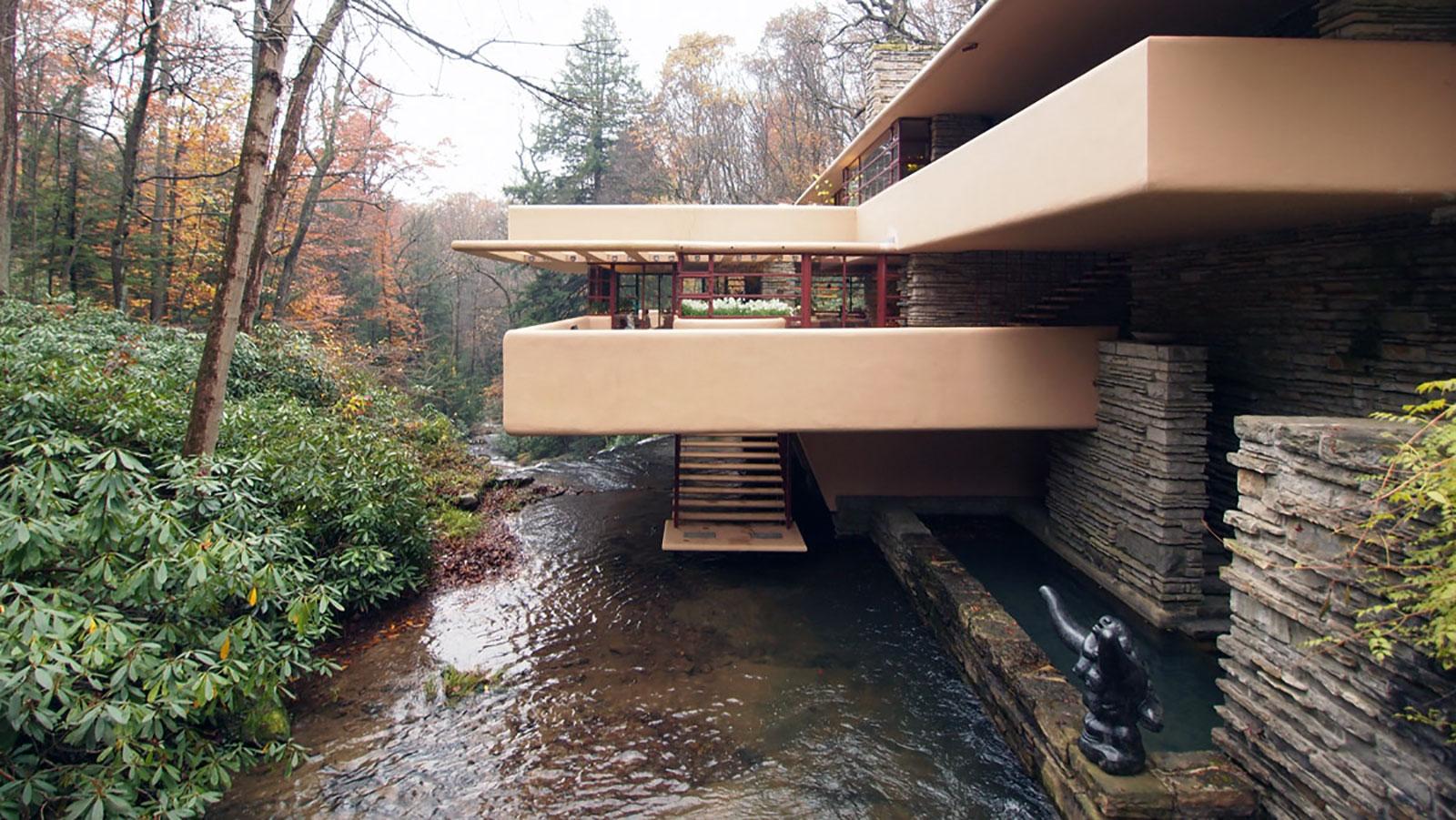
Design Concept:
Wright's vision for Fallingwater was revolutionary. He believed in creating structures that embraced the natural world, and Fallingwater exemplifies this philosophy. The design of the house is characterized by its distinctive cantilevered balconies, terraces, and platforms that extend over the waterfall and blend seamlessly with the rock ledges. The house appears to "float" above the rushing waters, defying conventional architectural norms.
The integration of Fallingwater with its environment is a masterstroke of organic architecture. The use of local sandstone, reinforced concrete, and glass allows the building to emerge from the landscape while also nestling into it. The horizontal lines and broad overhangs mimic the surrounding rock formations, trees, and water, creating a design that feels like an extension of nature.
A Floating House:
Fallingwater's architectural marvel lies in its audacious structure. The cantilevered balconies and terraces are supported by bold, reinforced concrete ledges that seem to hover over the waterfall. This daring engineering and design were ahead of its time and required Wright's innovative thinking to achieve. The resulting effect is that of a house that appears to be suspended in mid-air, an extraordinary visual and architectural experience that invites visitors to contemplate the boundless possibilities of design and engineering.
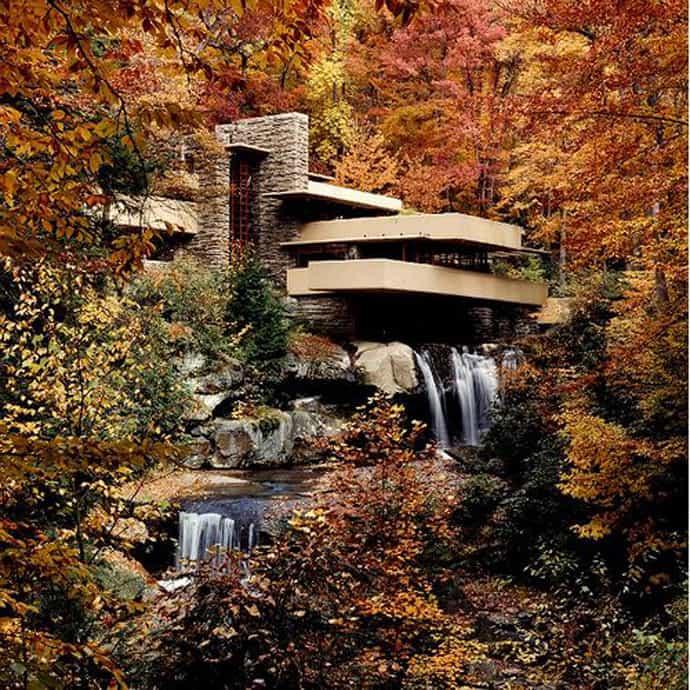
Connecting Architecture and Nature:
Frank Lloyd Wright's genius is particularly evident in the way Fallingwater seamlessly connects architecture and nature. The house is carefully positioned to frame stunning views of the waterfall, allowing residents and visitors to be constantly immersed in the natural beauty of the site. The sound of cascading water permeates the interior spaces, creating a sensory connection to the environment. Large expanses of glass, including corner windows, blur the boundaries between indoors and outdoors, further enhancing the integration of the built environment with the natural surroundings.
The interior of Fallingwater is a testament to Wright's meticulous attention to detail and commitment to a holistic design approach. Every aspect of the house, from the custom-built furniture to the artful use of materials, reflects his dedication to creating a cohesive and organic living space.
Legacy and Influence:
Fallingwater's significance extends beyond its architectural brilliance. It has served as a source of inspiration for architects, designers, and nature enthusiasts worldwide. The house has become a symbol of the possibilities of architecture when it is in harmony with its surroundings. It is a testament to the idea that the built environment can enhance and coexist with the natural world.
The design principles seen in Fallingwater continue to inform and inspire contemporary architects. The concept of integrating buildings with their environments, creating a sense of unity with nature, remains a fundamental tenet of sustainable and eco-conscious architecture.
In recognition of its historical and architectural importance, Fallingwater was designated a National Historic Landmark in 1966 and inscribed on the UNESCO World Heritage List in 2019. These designations underscore its enduring significance and its status as a global treasure.
In conclusion, Fallingwater, designed by Frank Lloyd Wright in 1935, is a true masterpiece of architecture and a testament to the harmonious integration of the built environment with the natural world. Its groundbreaking design, which gives the impression of a floating house over a waterfall, exemplifies Wright's visionary approach to connecting architecture and nature. The house's enduring legacy and influence continue to inspire architects and design enthusiasts, making it a symbol of timeless architectural excellence and a harmonious relationship with nature.
Recently Published
loves or pursues or

.jpg)






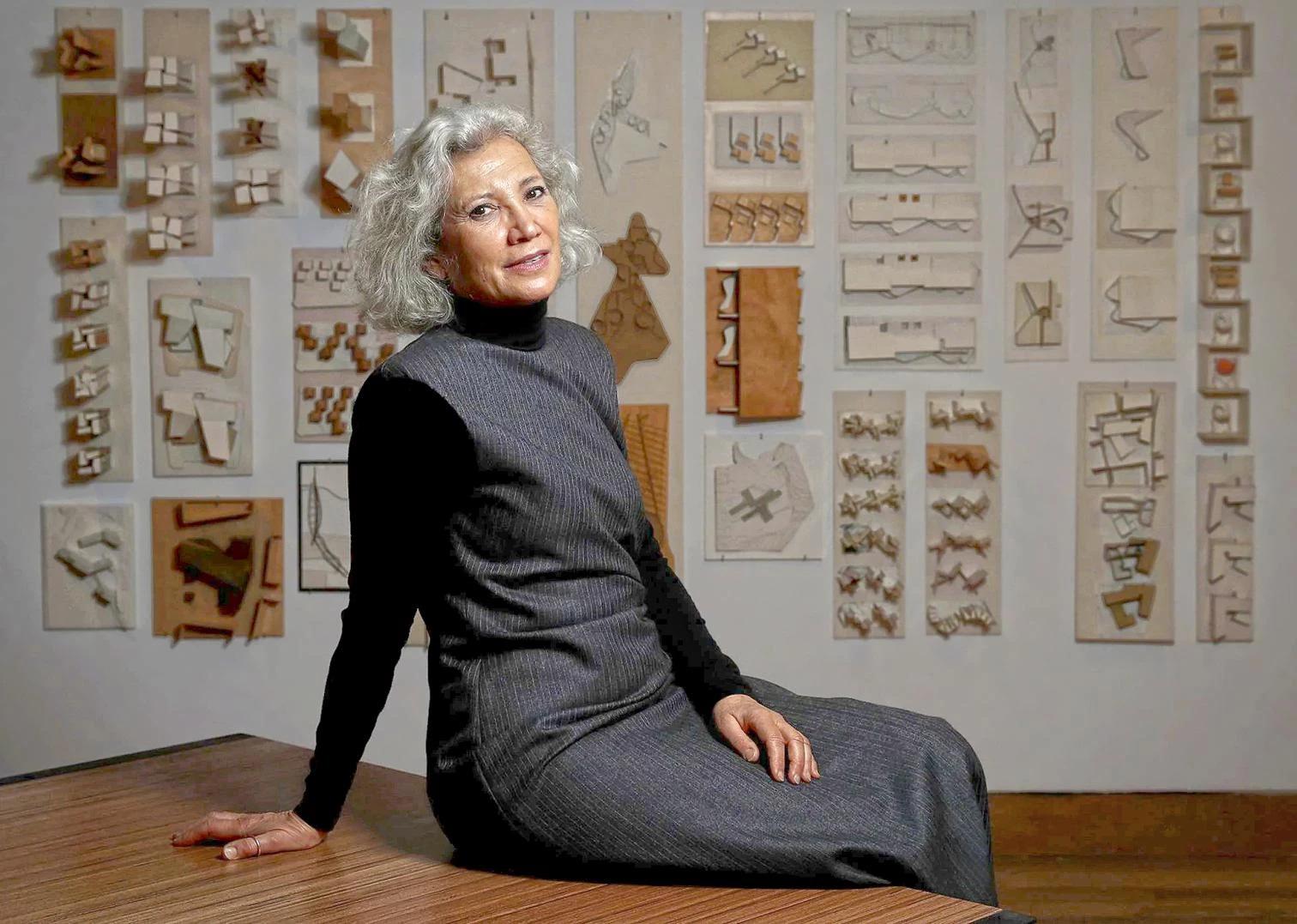
.jpg)